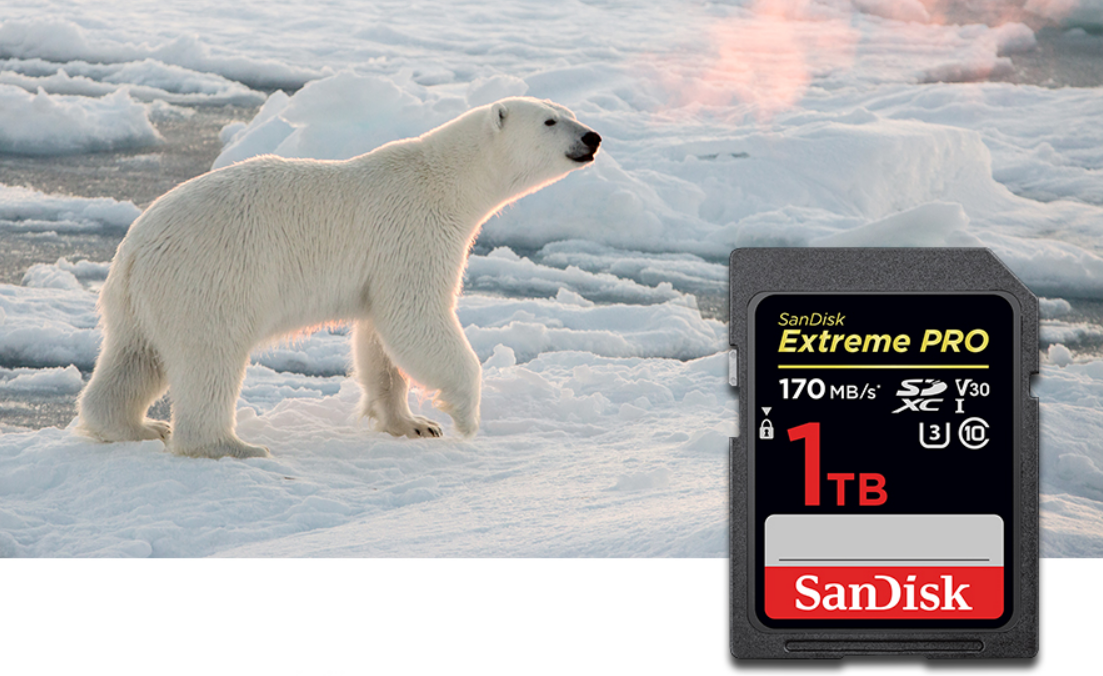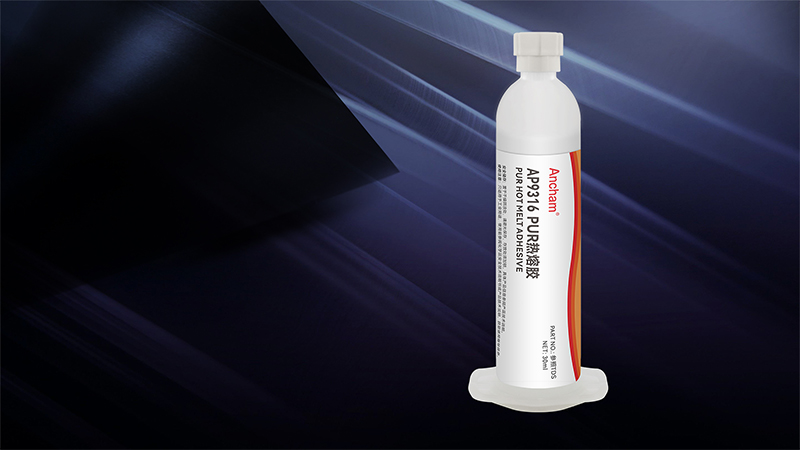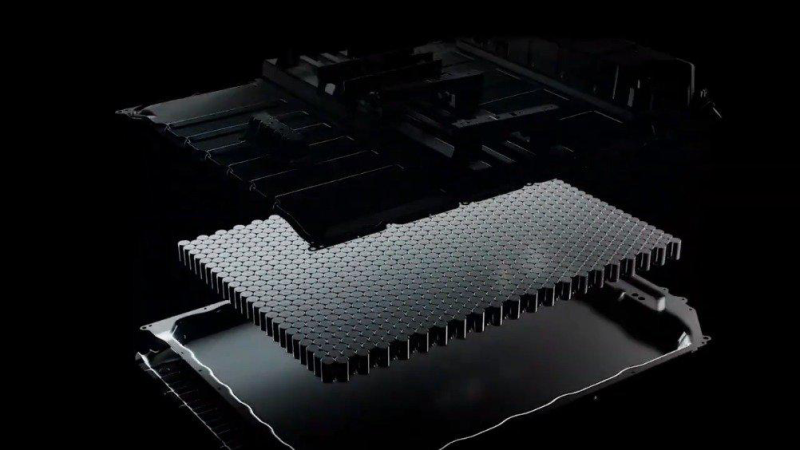Epoxy resin adhesive is a type of engineering adhesive formulated from epoxy resin base material, curing agent, diluent, accelerator, and filler. Due to its excellent bonding performance, good functionality, relatively low cost, and simple bonding process, it has been widely used in the fields of home appliances, automobiles, water conservancy and transportation, electronics and electrical appliances, and aerospace industries over the past few decades. With the continuous development of high-tech and nanotechnology in recent years, the modification of epoxy resins has been continuously deepened, and methods such as interpenetrating networks, chemical copolymerization, and nanoparticle toughening have been widely applied, leading to an increasing variety of high-performance adhesives formulated from epoxy resins.
There are numerous types of epoxy resin adhesives, which can be classified according to different criteria, and their curing time and strength development are influenced by multiple factors. The following is a comprehensive compilation of information:
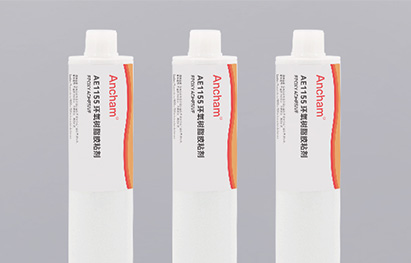
I. Types of Epoxy Resin Adhesives
Classification by Form
Solvent-free type: High bonding strength and good environmental friendliness, suitable for precision electronics and structural bonding.
Solvent-based type: Contains organic solvents for easy application, but attention should be paid to volatilization issues.
Water-based adhesives (water emulsion/water-soluble type): Environmentally friendly, suitable for environments sensitive to toxicity.
Paste/film type (such as epoxy adhesive film): Convenient for use in special scenarios, such as preformed bonding materials.
Classification by Curing Conditions
Cold-curing adhesives:
Low-temperature curing type (<15°C): Suitable for cold environments.
Room-temperature curing type (15–40°C): Commonly found in general-purpose adhesives.
Heat-curing adhesives:
Medium-temperature type (80–120°C) and high-temperature type (>150°C), suitable for high-temperature-resistant scenarios (such as aerospace).
Other curing methods: Photocuring, curing on damp surfaces, latent curing (such as one-component adhesives requiring heat activation).
Classification by Bonding Strength
Structural adhesives: High strength (shear resistance >25MPa), used for load-bearing components (such as aircraft structures).
Secondary structural adhesives: Medium strength (shear resistance 17–25MPa), suitable for mechanical components.
Non-structural adhesives: General-purpose, with strength significantly decreasing as temperature rises.
Classification by Application
Special adhesives: Such as high-temperature-resistant (≥150°C), low-temperature-resistant (<-50°C), conductive adhesives, optical adhesives (transparent and aging-resistant), etc.
Other Classifications
By curing agent type: Amine curing, anhydride curing, etc.
By component: One-component (pre-mixed with curing agent), two-component (requires mixing before use).
II. Curing Time and Strength Development
Curing Time Range
Room-temperature curing: Usually takes 24–72 hours to reach full strength, but initial curing (operable strength) may be completed within a few hours.
Heat curing: Medium-temperature curing (80–120°C) can be shortened to 1–4 hours, while high-temperature curing (>150°C) may only take a few minutes to half an hour.
Rapid-curing type: Some modified epoxy adhesives (such as those with accelerators added) can achieve initial curing within a few minutes, but full strength still requires more time.
Factors Affecting Curing Time
Temperature: The reaction rate approximately doubles for every 10°C increase, but excessive temperatures should be avoided to prevent brittleness.
Mixing ratio: Increasing the proportion of curing agent in two-component adhesives accelerates curing, but strict adherence to the formula is required.
Adhesive layer thickness: Thicker adhesive layers cure more slowly internally and may require layered application.
Environmental humidity: High humidity may interfere with the curing reaction of some adhesives.
Strength Development Stages
Initial curing stage (e.g., 1–4 hours): The adhesive begins to harden and can withstand light loads.
Full curing (24 hours or more): Reaches over 90% of the design strength, with structural adhesives requiring more time (e.g., 7 days) to achieve optimal performance.
III. Application Recommendations
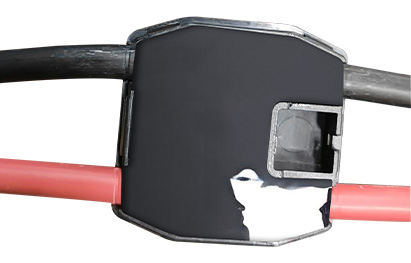
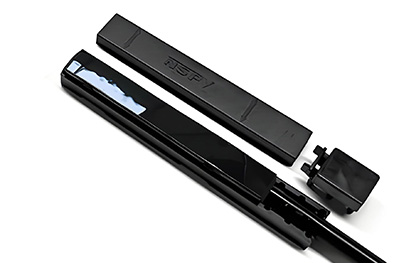
Selection criteria: Choose the appropriate type based on the operating environment (temperature, humidity), materials to be bonded (metal, plastic, etc.), and strength requirements (structural/non-structural).
Process optimization: Adjust the curing speed by preheating materials, controlling the ambient temperature, or using curing accelerators.
For more specific curing parameters, refer to the technical data sheets provided by adhesive manufacturers (such as mixing ratios, temperature profiles, etc.). Ancham's products cover five major application areas: bonding, sealing, thermal conductivity, potting, and three-proofing (moisture-proof, dust-proof, and corrosion-proof). With an experienced R&D team, Ancham provides customers with comprehensive adhesive application solutions through professional products and technical services.


